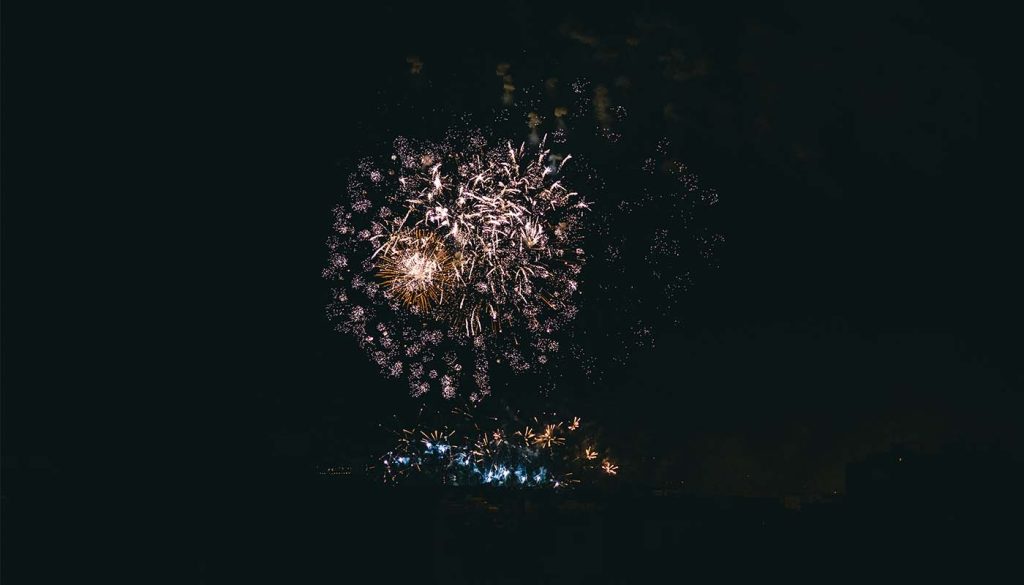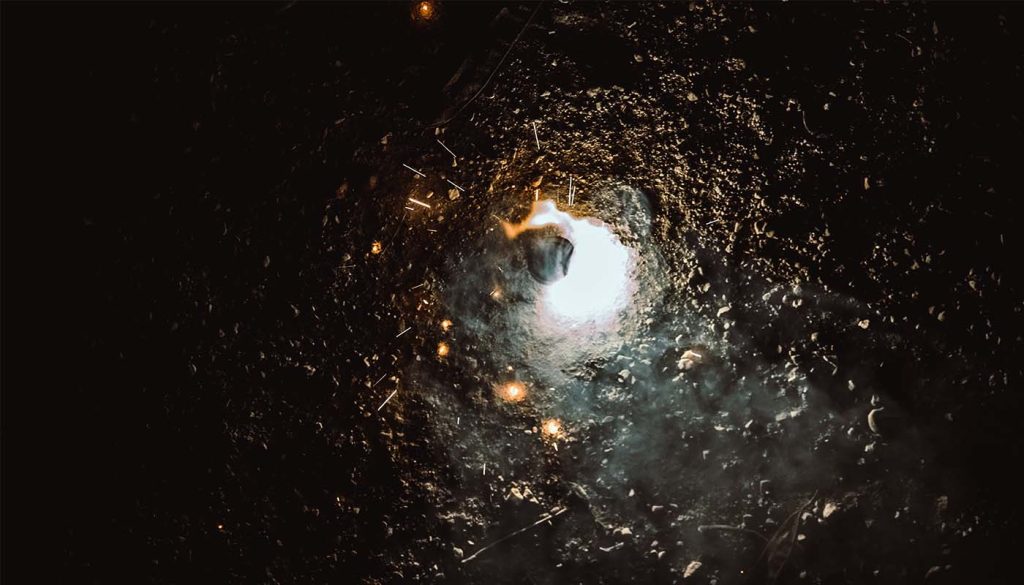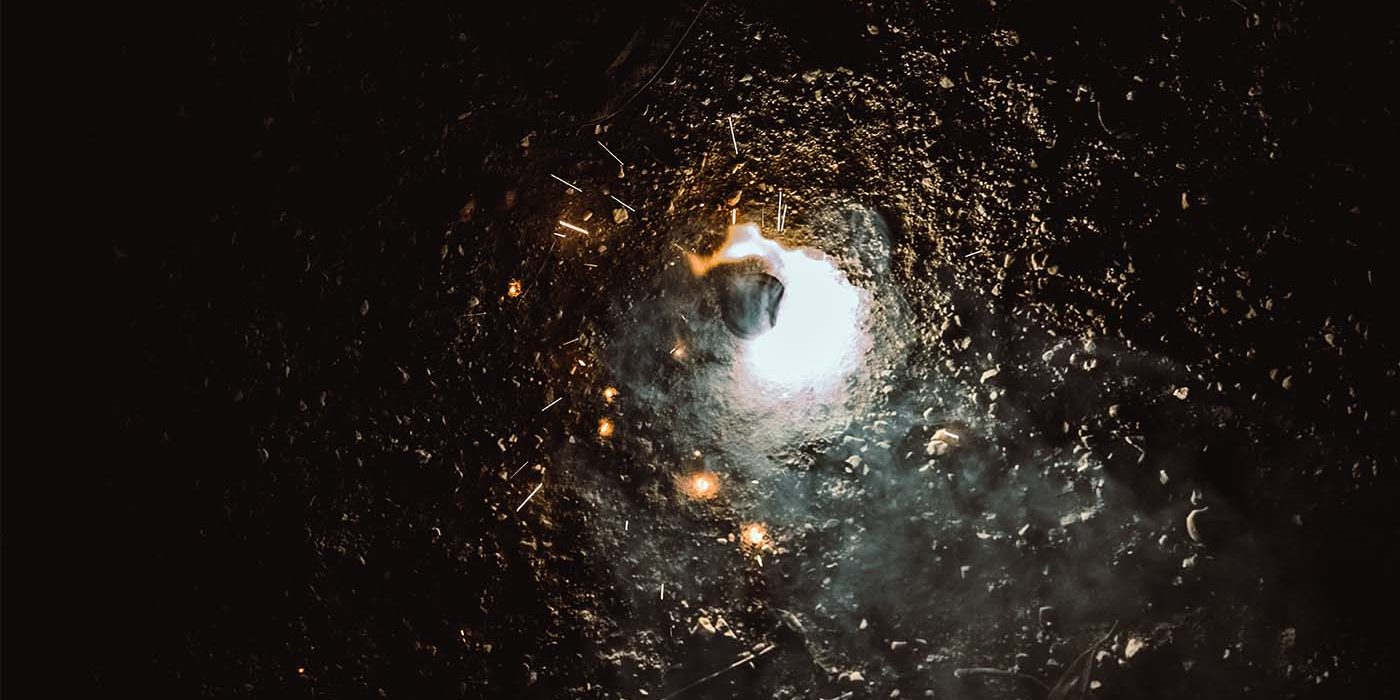Diwali is on the rounds again and so is pollution (based on previous year statistics). Diwali pollution is big issue to be considered by all. Since 2014, Delhi has been the most polluted city in the world and after Diwali, this city’s pollution increases tenfold. As much as we are trying to be optimistic for this year and hoping for the best for Delhi’s air quality, previous trends predict a whole different story.
What causes Diwali pollution?
Every year recently, in the month of October-November, the festival of lights, Diwali is celebrated. It is a festival that is celebrated for 2-3 days in every household. People in India celebrate this festival with grand gestures, a lot of lighting, and firecrackers. Bursting firecrackers are one of the biggest elements of Diwali among children, youth, and sometimes, the elderly too. But as we look at the colorful sky on Diwali night, do we realize the effect it has on our environment?

After the humongous smog and depleting air quality, the Supreme Court had issued a ban on firecrackers in Delhi in 2017. What’s shocking is, the next year, in 2018, 5 million kilogram firecrackers were burst which was approximately the same number of firecrackers that were burst the last year. Pollution of the capital city, Delhi exceeded the safe limit not just by 20 to 30 units. IT WAS 66 TIMES MORE THAN THE PERMISSIBLE air quality. This means, neither the citizens acted towards correcting their mistake nor strict action was taken by the police and government bodies against the offenders.
Thus, firecrackers can easily be called the root cause of Diwali Pollution. Making them, using them, and disposing them off, in any way you handle a firecracker they are a harbinger for pollution.
In addition to the pollution by bursting firecrackers, there are additional incidents of fire hazards due to crackers around the city. These fire hazards also choke the city with toxins in addition to the harm they are causing to people, animals, and personal and public property. Approximately 200 calls are made to the Delhi Fire Services on Diwali every year regarding fire accidents by firecrackers.
How does Diwali Pollution affect Delhi?
After Diwali, Delhi has seen a lot of scary smog incidents which left the whole city in a blur. In 2017, the infamous, The Great Smog of Delhi continued after Diwali for several days which was then also published internationally after players in a Test Cricket Match vomited due to the intense pollution.
Firecrackers emit a large number of chemical toxins like copper, zinc, sodium, and pollutants like nitrogen dioxide and sulfur oxide that are massively harmful to the human body if inhaled.

This is how different chemicals and toxins released in the air after the burning of firecrackers affect us:
Zinc: If inhaled, it leads to metal fume fever and makes you nauseous.
Lead: Directly attacks the nervous system which in turn weakens your body and makes it easily susceptible to diseases causing germs.
Copper: Irritates the respiratory pipe and induces coughing and short breathing
Radioactive elements: These are the elements responsible for giving different light to the crackers and inhaling these gases increases the risk of cancer.
Healthy individuals can somehow still away without contacting any fatal diseases but for asthmatic patients and other people who are sick, these depleting air levels can prove to be fatal. Pregnant women are advised to not go outside their homes for some days after Diwali because harmful chemical toxins from the fireworks can cause a miscarriage.
What can we do to save Delhi from Diwali Pollution?
As individuals, there is one thing that we can do to save Delhi, be aware and share. Be aware of what is causing the pollution, how harmful it is and what can you do about it. After you are aware of all of this, share this information with the other person and encourage them to take up healthy practices on Diwali.
The most important and effective way to try to reduce Diwali Pollution is, say farewell to firecrackers. Firecrackers are the root of all evil that is Diwali pollution and just by eliminating them from our celebrations, we can bring Diwali Pollution near to non-existent. Eradicating fireworks will also reduce the number of fire hazards. One can instead use the green firecrackers that emit a relatively fewer amount of fumes or you can simply honor the festival of lights with diyas and candles.
So let’s celebrate this Diwali cleaner and greener by abstaining from the use of firecrackers and putting an end to the evil that is Diwali Pollution.







